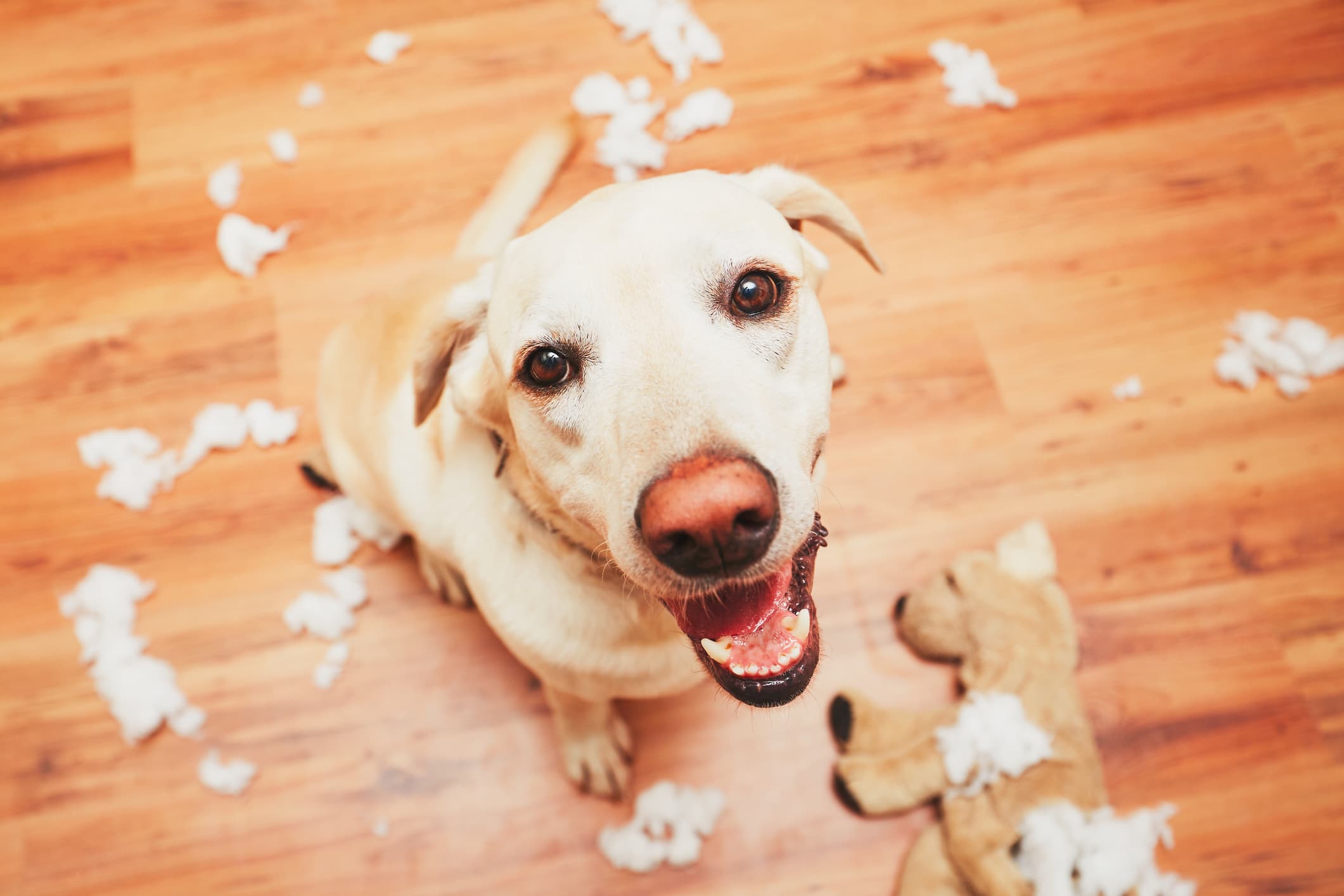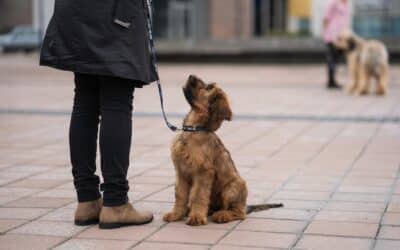Is your dog happy, or are they bored? You walk your dog. You feed them high-quality food. Maybe you even take them to training classes or play tug in the backyard. But… they still steal socks. Bark at the window. Zoom through the house like a toddler on espresso.
You’re not doing anything wrong. You’re just missing one simple ingredient that many dogs crave: mental exercise.
That’s where the Happy Dog Checklist comes in. It’s a free, quick quiz-style tool to help you figure out whether your dog’s mental needs are really being met, and how to change things if not.
Why mental stimulation matters
Dogs are smart. Some are scary smart. But even the dopey ones with hearts of gold need to think. Just like us, dogs get bored when their minds aren’t challenged.
When dogs don’t get enough brain work, they often find their own ways to fill the time. That’s when we see things like:
- Barking at every single noise outside
- Destroying toys or furniture
- Pacing, whining, or constantly pawing at you
- Stealing things they know you’ll chase them for
- Struggling to relax, even after a walk
Most people assume these are behavior problems. In reality, many of them are just signs that your dog is bored or under-stimulated.
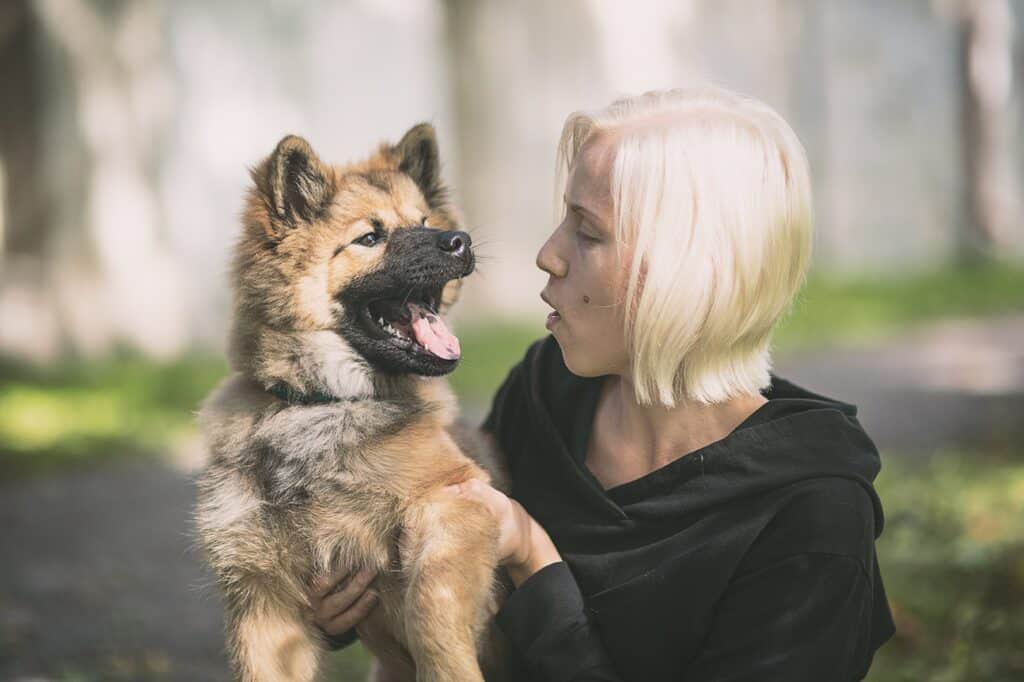
Physical tiredness ≠ mental satisfaction
Let’s say you go for a jog every day. That’s great for your body. But if no one talks to you, you don’t read, listen to music, or do anything fun with your mind, you’d go a little stir crazy, right?
Dogs are the same. You can walk them for miles, but if their brain hasn’t had to do anything beyond sniffing a bush, they’ll still come home wired and restless.
That’s why enrichment is so powerful. It satisfies their mind and helps them feel fulfilled, calm, and happy.
What is the Happy Dog Checklist?
The Happy Dog Checklist is a one-minute quiz you can do to see how your dog is doing emotionally and mentally. It’s designed to be lighthearted and helpful, not guilt-inducing.
You go through a list of common behaviors, like:
- Barks when you leave the house
- Chews things that aren’t theirs
- Whines when you’re on a call
- Steals socks or other “treasures”
- Annoys other dogs when they’re trying to rest
Then, based on how many boxes you tick, you get a score with some guidance:
- 0–4: Your dog’s doing great. Keep it up and maybe try a few new games.
- 5–7: You’re halfway there. Your dog is probably asking for more brain work.
- 8+: Your dog is shouting (politely) for enrichment. But don’t stress — a few small changes can make a big difference.
Spoiler alert: Most people score higher than they expect. And that’s okay! The goal is to help your dog feel better, not to chase perfection.
What to do if your dog needs more enrichment
Once you’ve done the checklist, it gives you simple, fun ideas you can start using right away.
You don’t need fancy equipment. You don’t need an hour of free time. You just need a few minutes and the willingness to do something a little different.
Here are a few ideas straight from the checklist:
- Send around a chair or cone: Great focus game for indoors or outdoors.
- Weave between your legs: Perfect rainy day boredom-buster.
- Jump offering: Builds confidence and focus.
- Mini recall games: Add fun to your walks or indoor time.
- Earn your meals: Use part of their food for training or problem-solving.
- Play hide and seek: Either with food, toys, or you.
The best part? These ideas are based on real training techniques that help build stronger communication between you and your dog. So you’re not just keeping them entertained, you’re actually growing your relationship too.
Download the checklist for video examples of these fun exercises, and a few more!

It’s not about doing more. It’s about doing different
If you’re already juggling a lot, adding more to your routine can feel overwhelming. But enrichment doesn’t mean extra hours of training. It just means getting creative with the time you already spend with your dog.
Instead of feeding breakfast from a bowl, use a snuffle mat or sprinkle kibble around the yard.
Instead of a regular walk, ask your dog to do a trick every few steps.
Instead of chasing the ball 50 times, try a puzzle toy that makes them work for it.
It’s easy to build enrichment into everyday life, once you know how.
What if your dog is a puppy?
Even better. Puppies are like little sponges, soaking up everything they experience. Starting enrichment early helps prevent boredom-related behaviors before they become habits.
It also builds focus and resilience, which means fewer meltdowns when the world feels big or overwhelming.
The Happy Dog Checklist works great for puppies and grown-up dogs alike. You’ll get simple ideas that suit all ages and energy levels.
What if your dog is older or low-energy?
Then enrichment is even more important.
Older dogs or those who can’t do a lot of physical exercise still need mental stimulation. Games, sniffing, puzzle toys, and gentle training sessions can help keep their minds sharp and their hearts happy.
You don’t need to run your dog into the ground for them to feel satisfied. A short training session or brain teaser can be just as powerful as a long walk, sometimes more.
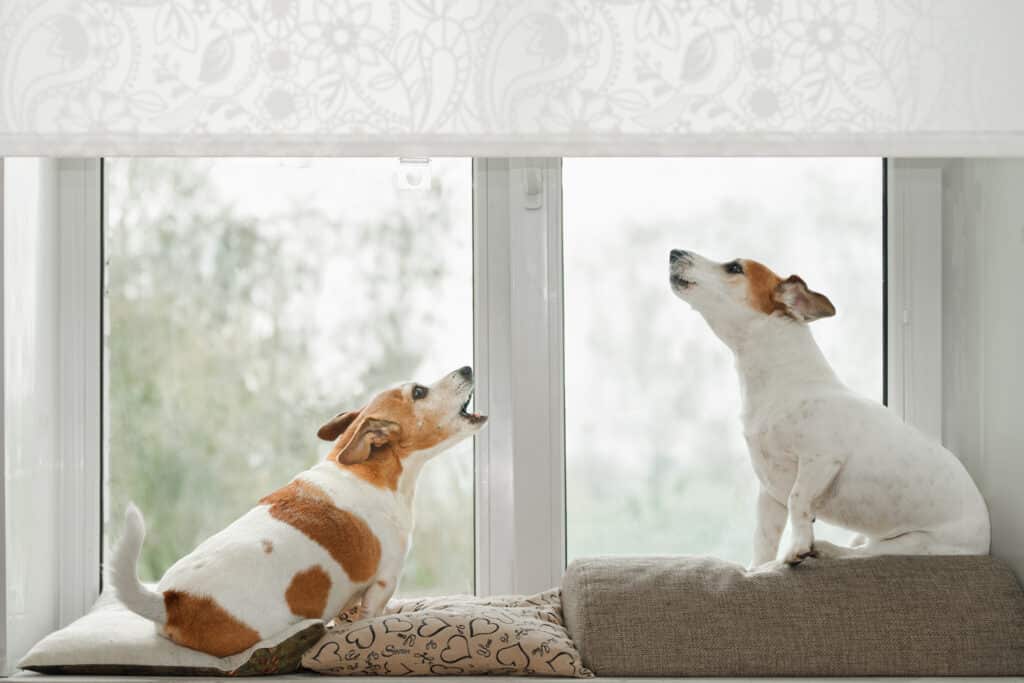
Ready to try it?
If you’re curious how your dog is doing, grab the free Happy Dog Checklist. It only takes a minute, and it might change the way you look at your dog’s behavior.
You’ll walk away with:
- A quick score based on your dog’s behavior
- A better understanding of their emotional needs
- Fun, simple ideas to start using today
We made it for everyday dog owners — no experience needed, no pressure, just insight and fun.
You might be surprised by what your dog is trying to tell you. And when you start giving them more of what they need mentally, you’ll probably see a calmer, more relaxed version of the dog you already love.
